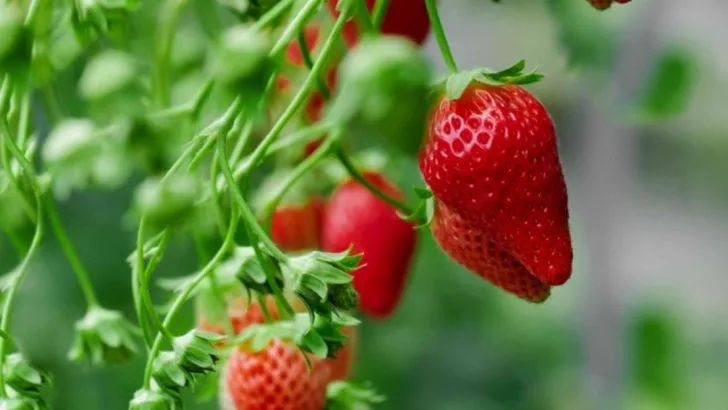If something’s going to ruin your summer, it’s not traffic. It’s bugs in your strawberries. You waited all season. Watched those berries blush from green to red. Dreamed of jam. Shortcake. Maybe just eating them straight off the vine like a smug garden god. Then? A nibble here. A hole there. And suddenly your precious harvest looks like it went through a war zone. Don’t panic. You don’t need chemicals. You need strategy—smart, sneaky, organic strategy. We’re talking bugs that battle bugs. Barriers. Traps. And maybe one or two tricks that feel suspiciously like witchcraft. Your strawberries deserve to ripen in peace. Let’s make that happen—with 12 no-nonsense tips to keep the pests out and the flavor in.
Companion Planting
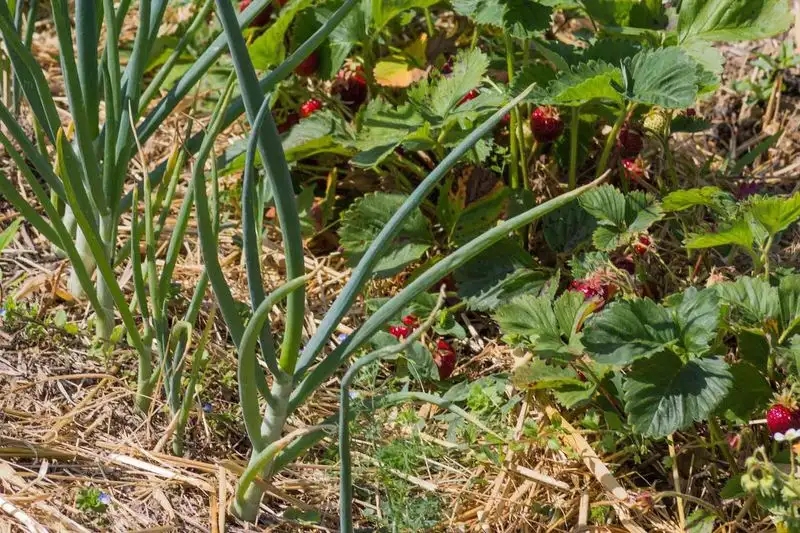
In the world of gardening, friends matter. Planting marigolds alongside strawberries can deter unwanted insects with their pungent scent. Not only do these flowers add a pop of color, but they also serve as a natural defense against pests. Companion planting is an age-old technique that fosters a symbiotic relationship between plants. Marigolds, known for their pest-repelling properties, create a protective shield around your strawberries. This partnership ensures a healthier environment for your fruit.
Neem Oil Spray
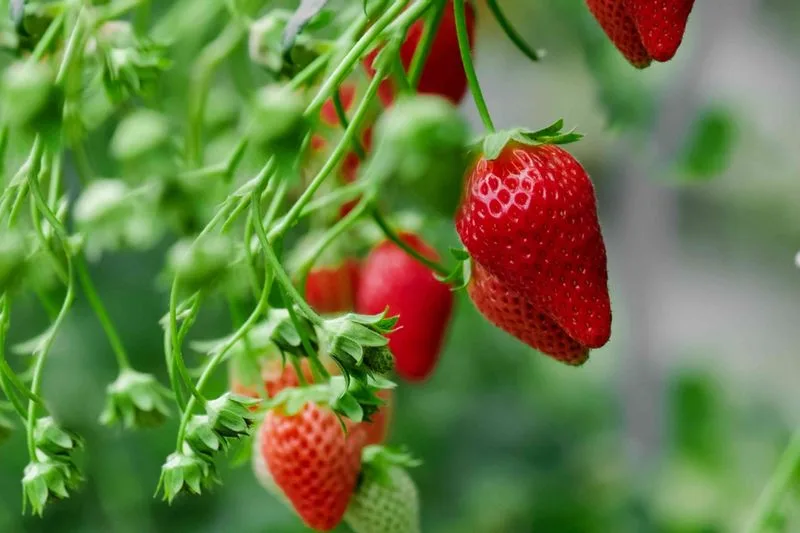
Neem oil, derived from the seeds of the neem tree, is a gardener’s best friend. This natural pesticide disrupts the life cycle of insects, preventing them from feeding on your strawberries. It’s safe for beneficial insects when used correctly, making it an ideal choice for organic growers. Regular application can keep your plants thriving and pest-free. Remember to spray during the early morning or late afternoon to avoid harming beneficial insects and to ensure effective absorption.
Diatomaceous Earth
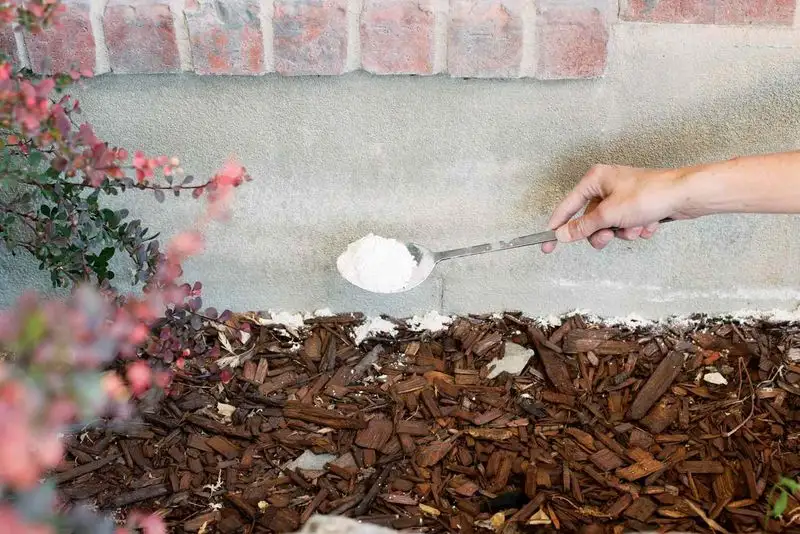
Looking for a natural solution to combat pests? Diatomaceous earth is your answer. This powdery substance, made from fossilized algae, offers a non-toxic way to protect strawberries. As insects crawl over it, the tiny particles damage their exoskeletons, leading to dehydration. Scatter it around your plants, creating a barrier that pests won’t cross. Reapply after rain to maintain its effectiveness. It’s a safe, environmentally-friendly approach to pest control.
Floating Row Covers
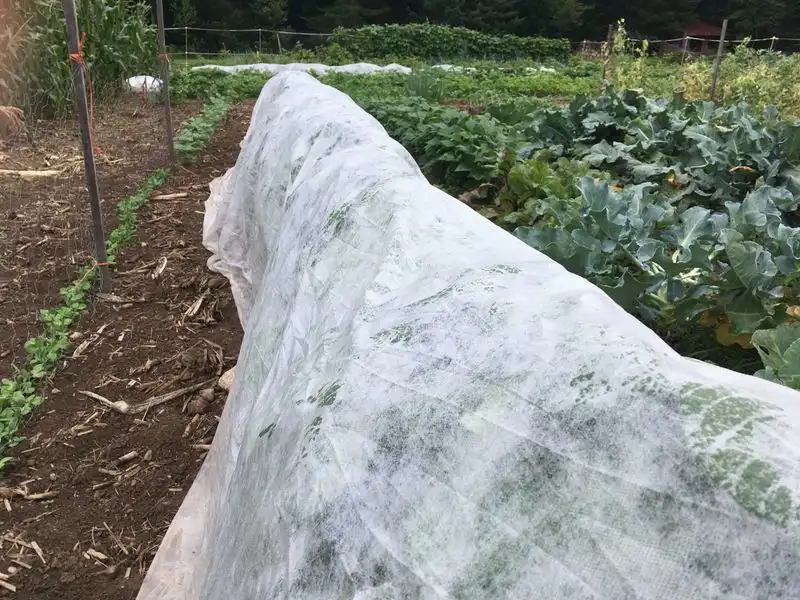
Floating row covers serve as a protective blanket for your strawberries. These lightweight fabrics shield your plants from pests while allowing sunlight and rain to pass through. They create a micro-environment that promotes healthy growth. By keeping insects at bay, these covers reduce the need for chemical treatments. Easy to install and remove, they are a gardener’s ally in maintaining an organic garden. Cover your strawberries and enjoy a bountiful harvest.
Handpicking Pests
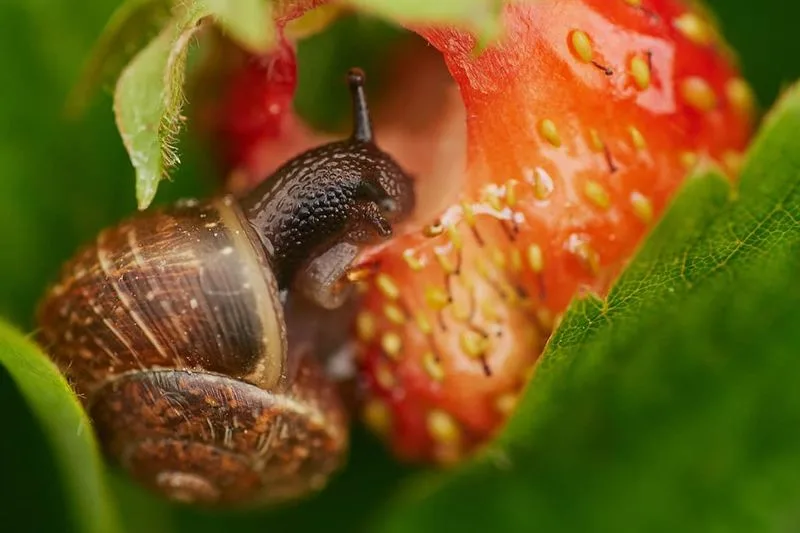
Sometimes, the best solution lies in simplicity. Handpicking pests off your strawberry plants is an effective and organic way to manage infestations. Regularly inspect the leaves and fruit for any signs of unwanted visitors. Removing pests by hand ensures you address the issue promptly and prevents further damage. It’s a labor of love that pays off with a healthy harvest. This hands-on approach connects you more deeply with your garden, fostering a personal touch to pest control.
Beneficial Insects
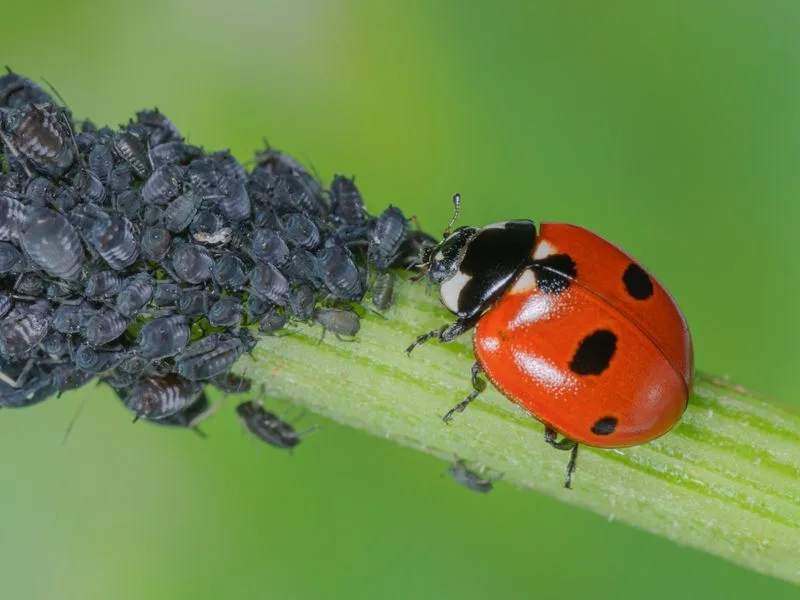
Nature provides its own pest control in the form of beneficial insects. Introduce ladybugs to your garden, and watch as they devour aphids and other harmful pests. These tiny allies work tirelessly to keep your strawberries safe. Encouraging a diverse insect population can lead to a balanced ecosystem, reducing the need for chemical interventions. By nurturing these natural predators, you create a sustainable environment where strawberries can thrive.
Mulching with Straw
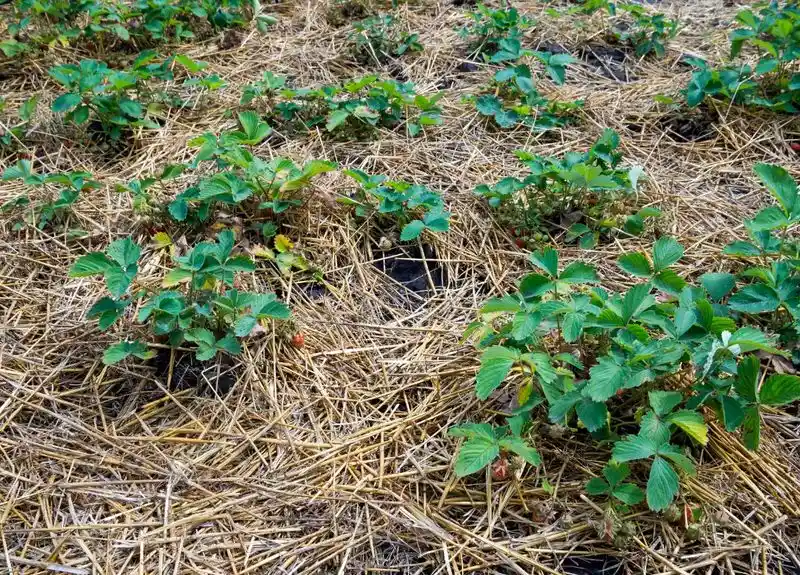
Mulching with straw offers a dual benefit for strawberry growers. It not only helps retain soil moisture but also deters pests by creating a physical barrier. Straw’s texture is unappealing to slugs and other ground-dwelling insects, keeping them away from your fruit. Additionally, it suppresses weed growth, reducing competition for nutrients. This simple yet effective method supports a thriving strawberry patch, fostering an environment where plants can flourish naturally.
Garlic Spray
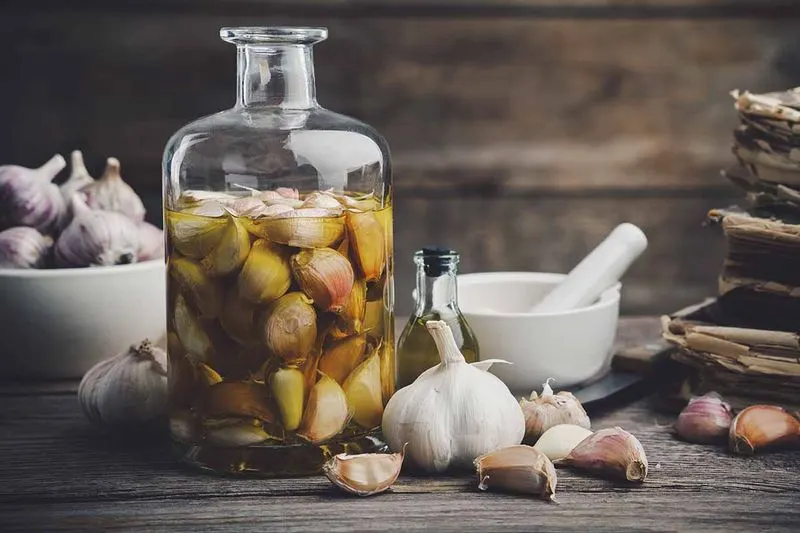
Harness the power of garlic to protect your strawberries. This pungent spray repels a variety of pests while being safe for plants. Crush garlic cloves and mix them with water to create a potent solution. Spray it on the leaves, and watch as unwanted insects stay away. Garlic’s strong odor is off-putting to pests, ensuring your strawberries remain untouched. This natural remedy is an easy and effective way to safeguard your garden.
Basil as a Repellent
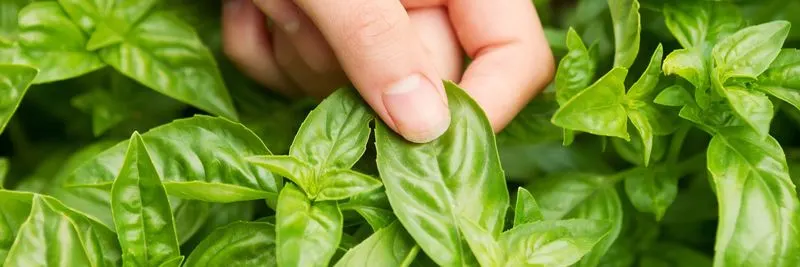
Basil’s aromatic leaves do more than flavor your meals; they act as a natural pest repellent. Planting basil near your strawberries can deter flies and mosquitoes, creating a harmonious garden. This fragrant herb offers a dual purpose: culinary delight and organic pest management. Its scent confuses pests, keeping them at bay while your strawberries flourish. A garden with basil is a garden with fewer intruders, allowing for a healthier crop.
Soap and Water Solution
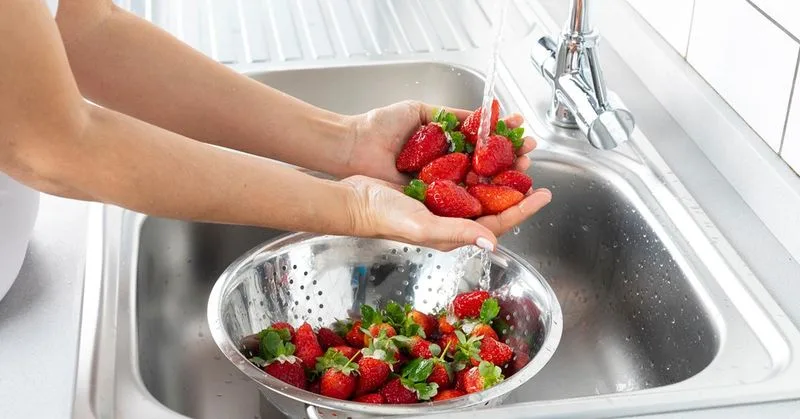
A simple soap and water solution can work wonders against soft-bodied insects. Mix a mild soap with water and spray it on your strawberries to combat aphids and mites. This mixture disrupts their cell membranes, effectively controlling infestations. It’s gentle on plants but tough on pests, making it a favorite among organic gardeners. Regular application keeps your strawberries safe, ensuring they grow strong and healthy.
Eggshell Barrier
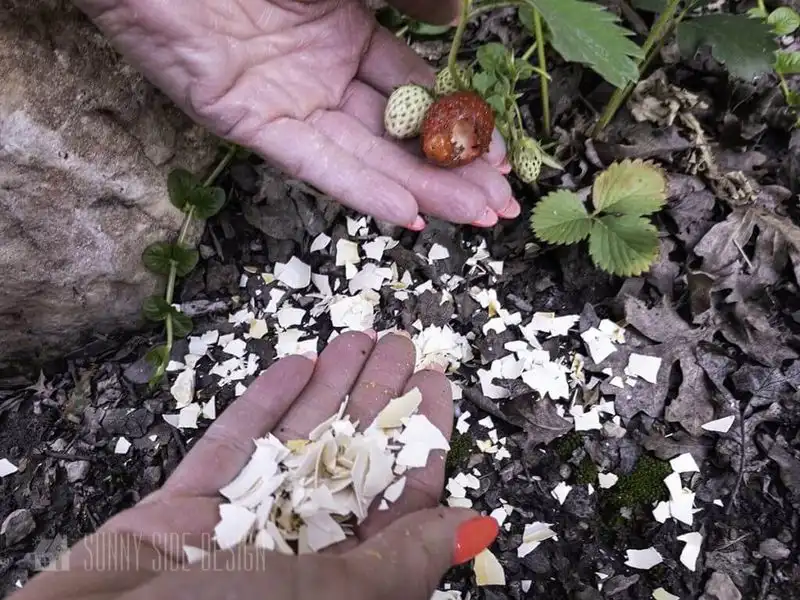
Recycle your kitchen waste into a pest deterrent. Crushed eggshells, when spread around strawberry plants, can deter slugs and snails. The sharp edges of eggshells are uncomfortable for these pests to crawl over, providing a natural barrier. This eco-friendly method also enriches the soil with calcium, benefiting the overall health of your plants. Embrace this sustainable approach to keep pests at bay while nurturing your strawberries.
Essential Oils for Pests

Essential oils offer a fragrant and effective solution to pest problems. Use peppermint or lavender oils to repel insects naturally. Dilute a few drops in water and spray it around your strawberry plants. The scent confuses and deters pests, creating a protective shield for your garden. This aromatic approach not only safeguards your strawberries but also adds a pleasant fragrance to your outdoor space. It’s a delightful way to maintain a pest-free garden.

